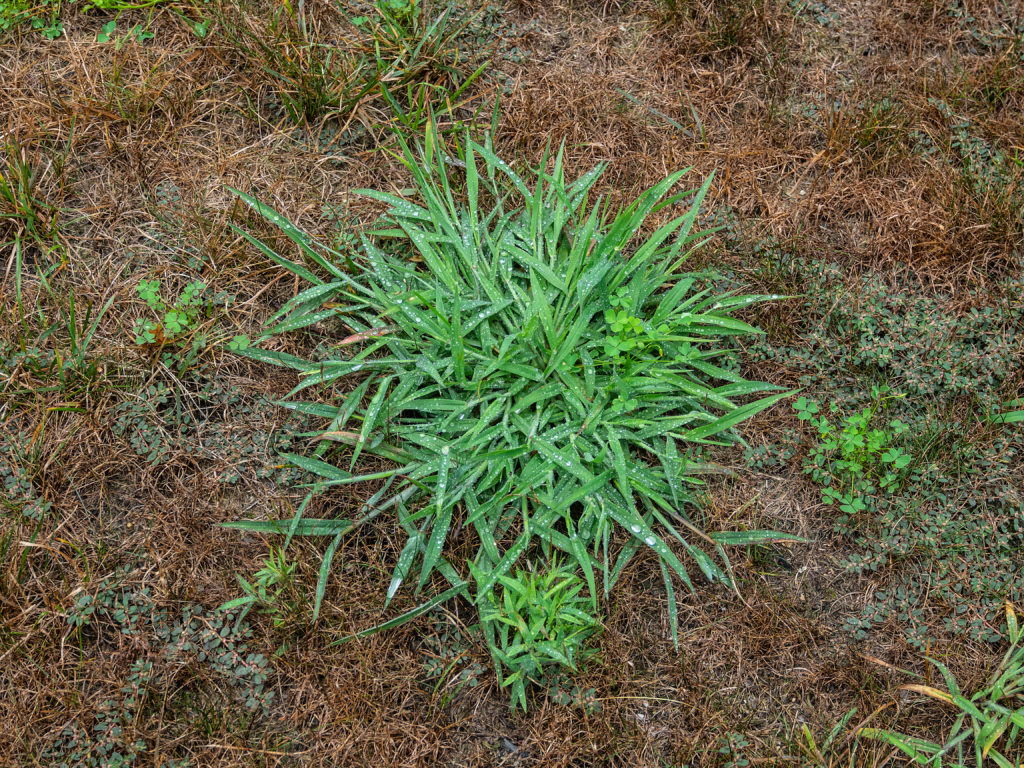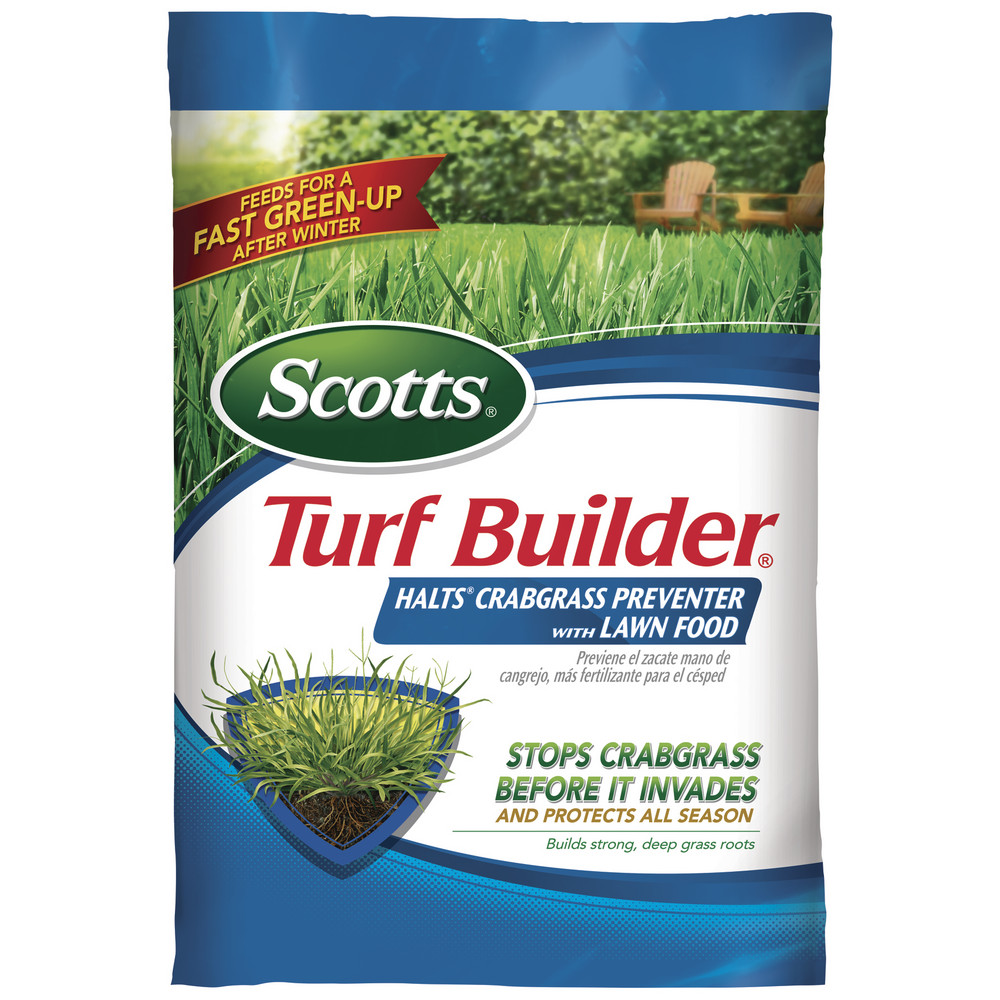
Crabgrass Extermination and Prevention
Posted by Grange Co-op on 29th Dec 2021
Crabgrass is one of the most invasive, damaging weeds in the Pacific Northwest. Plaguing even the healthiest lawns, crabgrass gets its name because it grows low to the ground with stems that radiate out from the center grass clump, resembling crab legs. If left unattended, crabgrass can quickly take over a lawn, growing stronger and resultingly more difficult to kill.
Preventing Crabgrass
Pesky crabgrass spreads quickly during warm summer months. Between midsummer and early fall, each plant produces thousands of seeds, wreaking havoc on even the best-looking lawns.  Though frost kills the plants, the seeds remain dormant throughout the winter; once the ground temperature warms, the seeds begin to sprout.
Though frost kills the plants, the seeds remain dormant throughout the winter; once the ground temperature warms, the seeds begin to sprout.
The time to kill crabgrass isn’t once the plant is visible, but rather, prior to its germination. Preventing crabgrass prior to the seed’s germination results in fewer applications and a smaller chance of a patchy lawn.
Applications
Successful crabgrass extermination begins with a pre-emergent herbicide application in late winter, to early spring. Applying a pre-emergent herbicide will kill hibernating crabgrass seedlings. Depending on your region, the ideal time to apply a pre-emergent is when the ground temperature begins rising above 60 degrees.
A simple way to tell this is by watching your shrubs and trees. When they begin to bloom and bud, it’s time to apply the herbicide to your lawn. Generally, in the Pacific Northwest, this is around the month of February.
Recommended Product
Crabgrass and weeds can choke out your turfgrass. Killing them after they are visible can leave an  undesirable bare spot.
undesirable bare spot.
Preventing crabgrass is a great step towards making your lawn the best it can be. To prevent crabgrass all season long, we recommend Scotts® Turf Builder 30-0-4 Halts Crabgrass & Preventer with Lawn Food*. Do not apply more frequently than twice a year. You can treat in early spring or again in the fall to prevent winter weeds such as, Poa Annua, henbit and chickweed.
Cautionary Steps
Here are some steps to ensure you succeed when treating crabgrass.
- Because pre-emergents kill germinating seeds, do not apply to a newly seeded lawn. We recommend waiting until after the fourth mowing before application. On newly sprigged areas, wait five months before application.
- Don’t plant grass seed for four growing months or sprig an area for five months after using a pre-emergent on your lawn.
- Apply the herbicide as equally as possible, throughout the entirety of your lawn. Spot treating to save time or money will not result in the successful extermination of crabgrass. Miss a spot and crabgrass can establish itself and quickly spread to the rest of your lawn.
- We also caution against de-thatching or aerating the lawn after a pre-emergent application. This will disturb the Halts(R) chemical barrier of the herbicide.
- Allow at least a two-month interval between applications, and up to four months after treatment to re-seed your lawn.
Conclusion
A healthy lawn is the next best defense against crabgrass. Weeds need plenty of light to germinate and cannot thrive in strong, thick lawn. Keeping your lawn in the best condition possible through fertilization, mowing no more than one-third of the grass blade, keeping your lawn a consistent height, as well as other techniques such as watering in long, heavy intervals, rather than shallow, frequent ones, all contribute to a healthy lawn.
If you have questions or need more information regarding lawn care, visit one of our Grange Gardening Experts at any of our stores. Stay tuned for more seasonal tips to help you protect and feed your lawn all year long.
*When using lawn treatments or lawn care products, always follow package directions regarding proper clothing, protective equipment, application procedures and safety precautions. When using herbicides, also make sure you understand which weeds the chemical treats and which desirable plants it may also kill.
